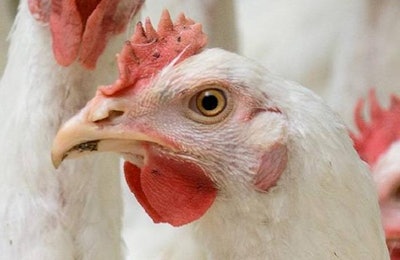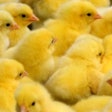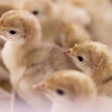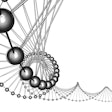
An overview of how the modern broiler is changing and how the European egg market is evolving was presented to attendees at the WATT Global Poultry Trends Seminar, held on the opening day of VIV Europe 2018.
Poultry breeding trends
Magnus Zwalander general manager/director of R&D with Aviagen Ltd looked at breeding the chicken of the future, highlighting evolving breeding trends, the development of technology to target new traits, and welfare and sustainability.
He noted that primary breeders such as Aviagen are catering to a market that is increasingly diversifying around the world; that selection goals have broadened compared to only a few decades ago and are increasingly focused on sustainability, health and welfare; and that there is ongoing investment by primary breeding companies, which is crucial to targeting increasingly complex traits.
Egg industry overview
Erik Helmink, director of Hotraco-Agri, offered an overview of how world egg production has increased since the start of the century. He highlighted which are the major egg and egg products exporting and importing countries before turning to which are the largest egg producers in the European Union.
As in the broiler sector, the layer industry is increasingly having to respond to consumer demands for welfare, Helmink noted.
Within the European Union, a little over 50 percent of laying hens are now housed in enriched cages. This percentage, however, is forecast to fall, as producers respond to ever-more welfare pressures. And a variety of responses, among other factors, is causing a degree of confusion at consumer level, which the industry will need to address, Helmink noted.
He then highlighted the growing problems faced by Europe’s egg producers due to red mite infestations. There are thought to be 309 million laying hens in Europe and 83 percent of flocks are infested with red mites.
Direct treatment is costly, but additional costs are higher still, and total costs across the European Union attributable to red mite infection are thought to be in the region of EUR130 million (US$151 milllion) per annum. Economic costs in the EU due to red mite infestation are thought to have doubled over the last decade, Helmink added.


















